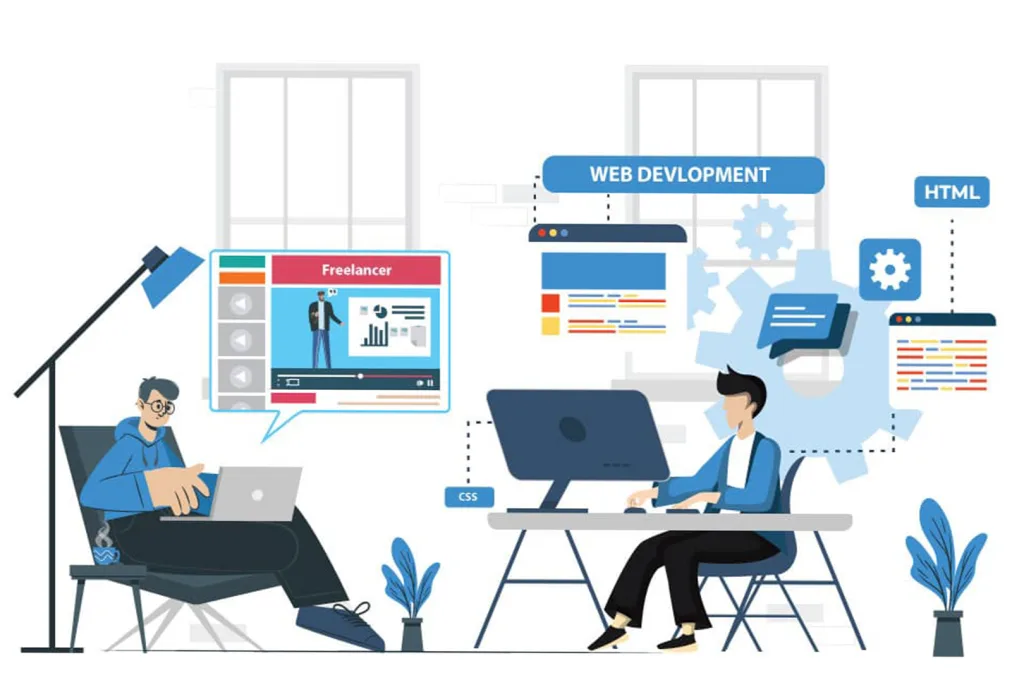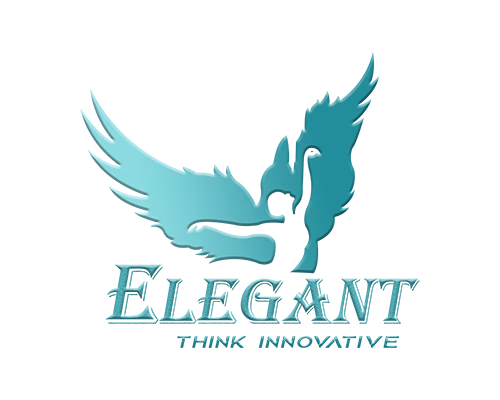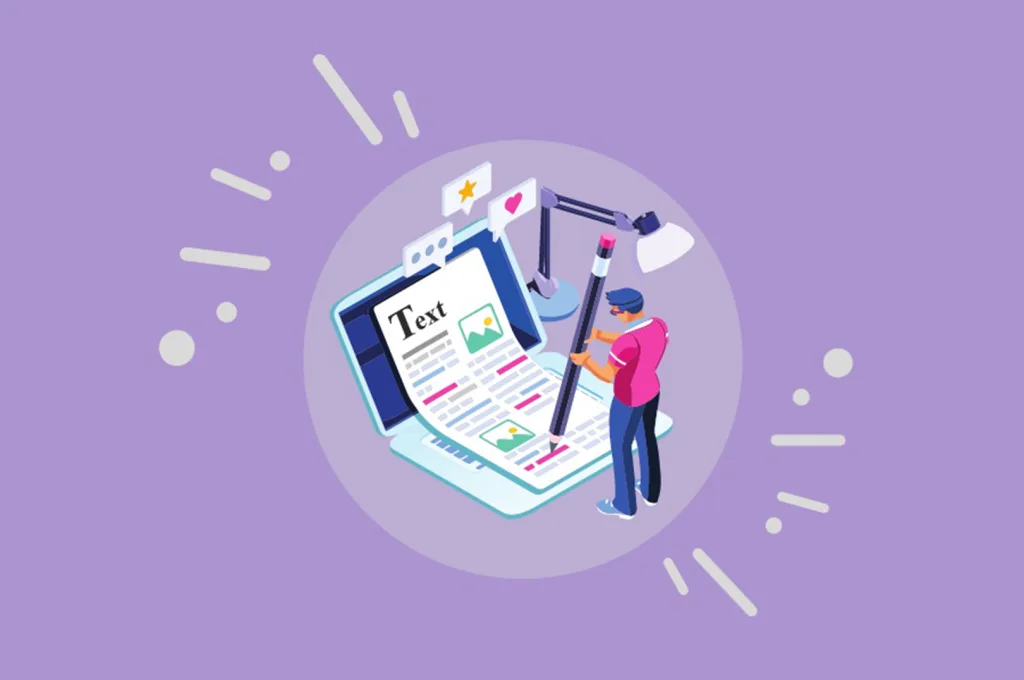The benefits of outsourcing web development to a professional company
The benefits of outsourcing web development to a professional company
Introduction
Outsourcing web development to a professional company can be a great way to save time and money while ensuring that your website is built to the highest standards. Professional web development companies have the expertise and resources to create a website that meets your needs and exceeds your expectations. They can also provide ongoing support and maintenance to ensure that your website remains up-to-date and secure. In this article, we will discuss the benefits of outsourcing web development to a professional company.

How Outsourcing Web Development Can Help Your Business Grow
Outsourcing web development can be a great way to help your business grow. By outsourcing web development, you can access a larger pool of talent, reduce costs, and increase efficiency.
First, outsourcing web development gives you access to a larger pool of talent. By outsourcing, you can find experienced web developers from around the world who can bring a variety of skills and perspectives to your project. This can help you create a more comprehensive and effective website.
Second, outsourcing web development can help you reduce costs. By outsourcing, you can save money on labor costs, as well as on the cost of software and hardware. This can help you keep your overhead costs low and maximize your profits.
Third, outsourcing web development can help you increase efficiency. By outsourcing, you can access a team of experienced web developers who can work together to complete your project quickly and efficiently. This can help you get your website up and running faster, allowing you to focus on other aspects of your business.
Overall, outsourcing web development can be a great way to help your business grow. By accessing a larger pool of talent, reducing costs, and increasing efficiency, you can create a website that will help you reach your business goals.
The Benefits of Working with a Professional Web Development Company
Working with a professional web development company can be a great way to ensure that your website is designed and developed to the highest standards. Professional web development companies have the expertise and experience to create a website that is both visually appealing and functionally sound. Here are some of the benefits of working with a professional web development company:
1. Professionalism: Professional web development companies have the experience and expertise to create a website that is both aesthetically pleasing and technically sound. They understand the importance of creating a website that is both user-friendly and visually appealing. They also understand the importance of creating a website that is optimized for search engine rankings.
2. Quality: Professional web development companies use the latest technologies and techniques to ensure that your website is of the highest quality. They use the latest coding standards and best practices to ensure that your website is secure and reliable. They also use the latest tools and technologies to ensure that your website is optimized for speed and performance.
3. Cost-effectiveness: Professional web development companies are often more cost-effective than hiring an individual freelancer or web designer. They are able to leverage their experience and expertise to create a website that is both visually appealing and technically sound, while also being cost-effective.
4. Support: Professional web development companies provide ongoing support and maintenance for your website. They are able to quickly respond to any issues or problems that may arise with your website. They are also able to provide advice and guidance on how to improve your website and make it more successful.
5. Flexibility: Professional web development companies are able to work with you to create a website that meets your specific needs and requirements. They are able to customize the design and functionality of your website to meet your specific goals and objectives.
Overall, working with a professional web development company can be a great way to ensure that your website is designed and developed to the highest standards. They have the expertise and experience to create a website that is both visually appealing and functionally sound. They are also able to provide ongoing support and maintenance for your website, as well as advice and guidance on how to improve your website and make it more successful.
The Cost Savings of Outsourcing Web Development
Outsourcing web development can be a cost-effective way to create a website for your business. By outsourcing web development, you can save money on labor costs, access a larger pool of talent, and benefit from the expertise of experienced professionals.
Labor Costs
One of the primary benefits of outsourcing web development is the cost savings associated with labor. By outsourcing web development, you can avoid the costs associated with hiring and training in-house web developers. Additionally, you can avoid the costs associated with providing benefits and other overhead expenses.
Access to Talent
When you outsource web development, you can access a larger pool of talent than you would be able to access with an in-house team. This can be beneficial if you need specialized skills or experience that is not available in your local area. Additionally, you can access a larger pool of talent from around the world, allowing you to find the best person for the job.
Expertise
When you outsource web development, you can benefit from the expertise of experienced professionals. Outsourced web developers have experience in a variety of web development technologies and can provide valuable insights into the best way to create a website for your business. Additionally, they can provide valuable advice on how to optimize your website for search engine optimization and other important aspects of web development.
Overall, outsourcing web development can be a cost-effective way to create a website for your business. By outsourcing web development, you can save money on labor costs, access a larger pool of talent, and benefit from the expertise of experienced professionals.
The Advantages of Outsourcing Web Development to an Experienced Team
Outsourcing web development to an experienced team can be a great way to ensure that your website is built to the highest standards. By working with a team of professionals, you can benefit from their expertise and knowledge, as well as their ability to provide a comprehensive solution to your web development needs. Here are some of the advantages of outsourcing web development to an experienced team:
1. Cost Savings: Outsourcing web development to an experienced team can save you money in the long run. By working with a team of professionals, you can benefit from their expertise and knowledge, as well as their ability to provide a comprehensive solution to your web development needs. This can help you save money on development costs, as well as on the cost of hiring and training new staff.
2. Quality Assurance: Working with an experienced team of web developers can help ensure that your website is built to the highest standards. The team will be able to provide quality assurance and testing services to ensure that your website is up to date and functioning properly. This can help you avoid costly mistakes and ensure that your website is running smoothly.
3. Time Savings: Outsourcing web development to an experienced team can save you time. By working with a team of professionals, you can benefit from their expertise and knowledge, as well as their ability to provide a comprehensive solution to your web development needs. This can help you save time on development and testing, as well as on the cost of hiring and training new staff.
4. Flexibility: Working with an experienced team of web developers can provide you with the flexibility to make changes to your website as needed. The team will be able to provide you with the ability to make changes quickly and easily, allowing you to keep your website up to date and functioning properly.
Outsourcing web development to an experienced team can be a great way to ensure that your website is built to the highest standards. By working with a team of professionals, you can benefit from their expertise and knowledge, as well as their ability to provide a comprehensive solution to your web development needs. This can help you save money, time, and ensure that your website is running smoothly.
How Outsourcing Web Development Can Help You Reach Your Goals Faster
Outsourcing web development can be a great way to help you reach your goals faster. By outsourcing web development, you can access a larger pool of talent and resources, allowing you to create a website that meets your needs and goals more quickly.
Outsourcing web development can also help you save money. By outsourcing web development, you can access a larger pool of talent and resources at a lower cost than if you were to hire a full-time web developer. This can help you save money on labor costs and allow you to focus your budget on other areas of your business.
Outsourcing web development can also help you access the latest technologies and tools. By outsourcing web development, you can access the latest technologies and tools that can help you create a website that is more efficient and effective. This can help you reach your goals faster and more efficiently.
Finally, outsourcing web development can help you access a larger pool of talent. By outsourcing web development, you can access a larger pool of talent from around the world. This can help you find the right web developer for your project and ensure that you get the best results.
Overall, outsourcing web development can be a great way to help you reach your goals faster. By accessing a larger pool of talent and resources, you can create a website that meets your needs and goals more quickly and efficiently. Additionally, you can save money on labor costs and access the latest technologies and tools. Finally, you can access a larger pool of talent from around the world. All of these benefits can help you reach your goals faster and more efficiently.
Conclusion
Outsourcing web development to a professional company can be a great way to save time and money while ensuring that your website is built to the highest standards. Professional companies have the expertise and resources to create a website that meets your needs and exceeds your expectations. They can also provide ongoing support and maintenance to ensure that your website remains up-to-date and secure. With the right partner, outsourcing web development can be a great way to get the most out of your website.
If you’re looking for a professional web development company to help you create a website that will stand out from the competition, look no further than Elegant. With their experienced team of web developers, you can be sure that your website will be designed and developed to the highest standards. Outsourcing your web development to Elegant. will save you time and money, while ensuring that your website is built to the highest quality. Click here to learn more about the benefits of outsourcing web development to Elegant.
FEATURED POSTS
CATEGORIES
The benefits of outsourcing web development to a professional company Read More »
















